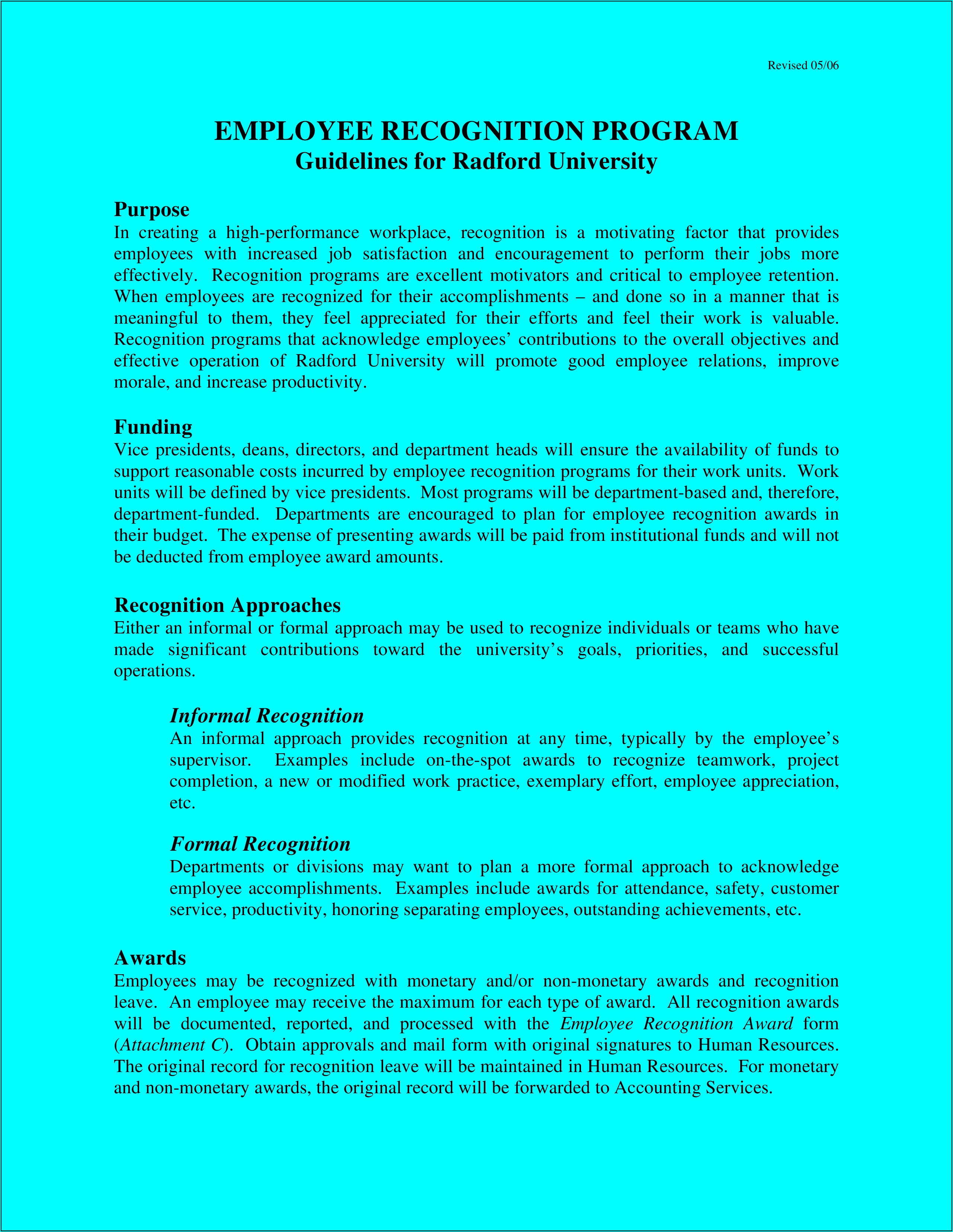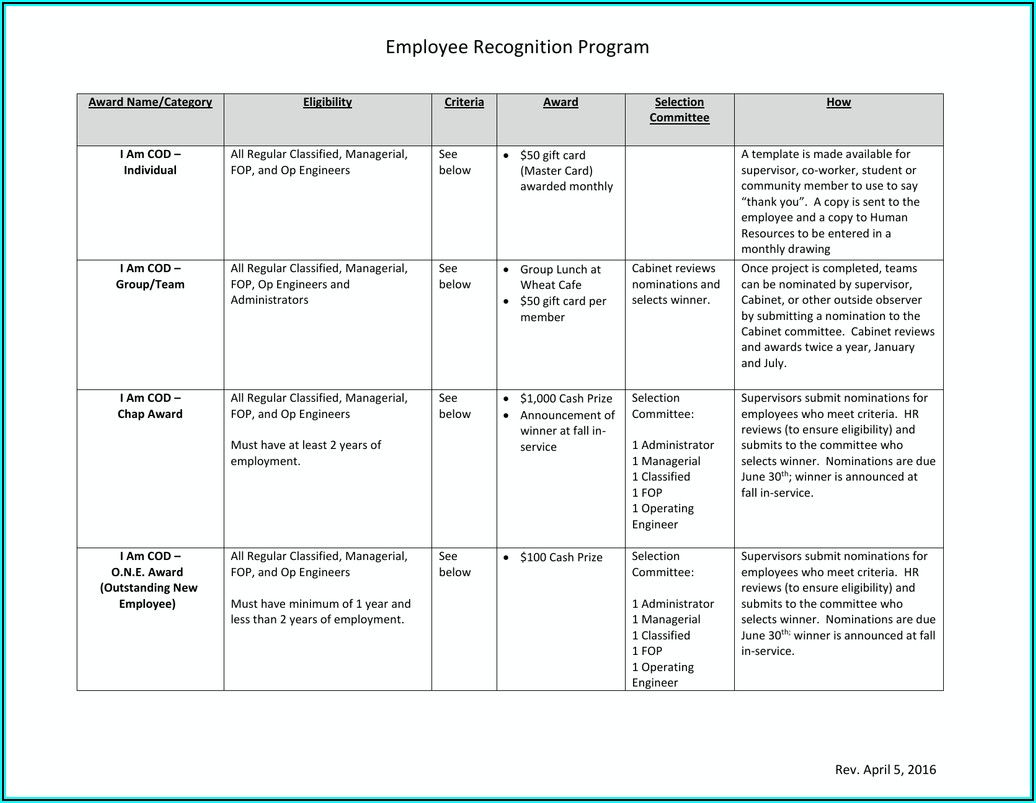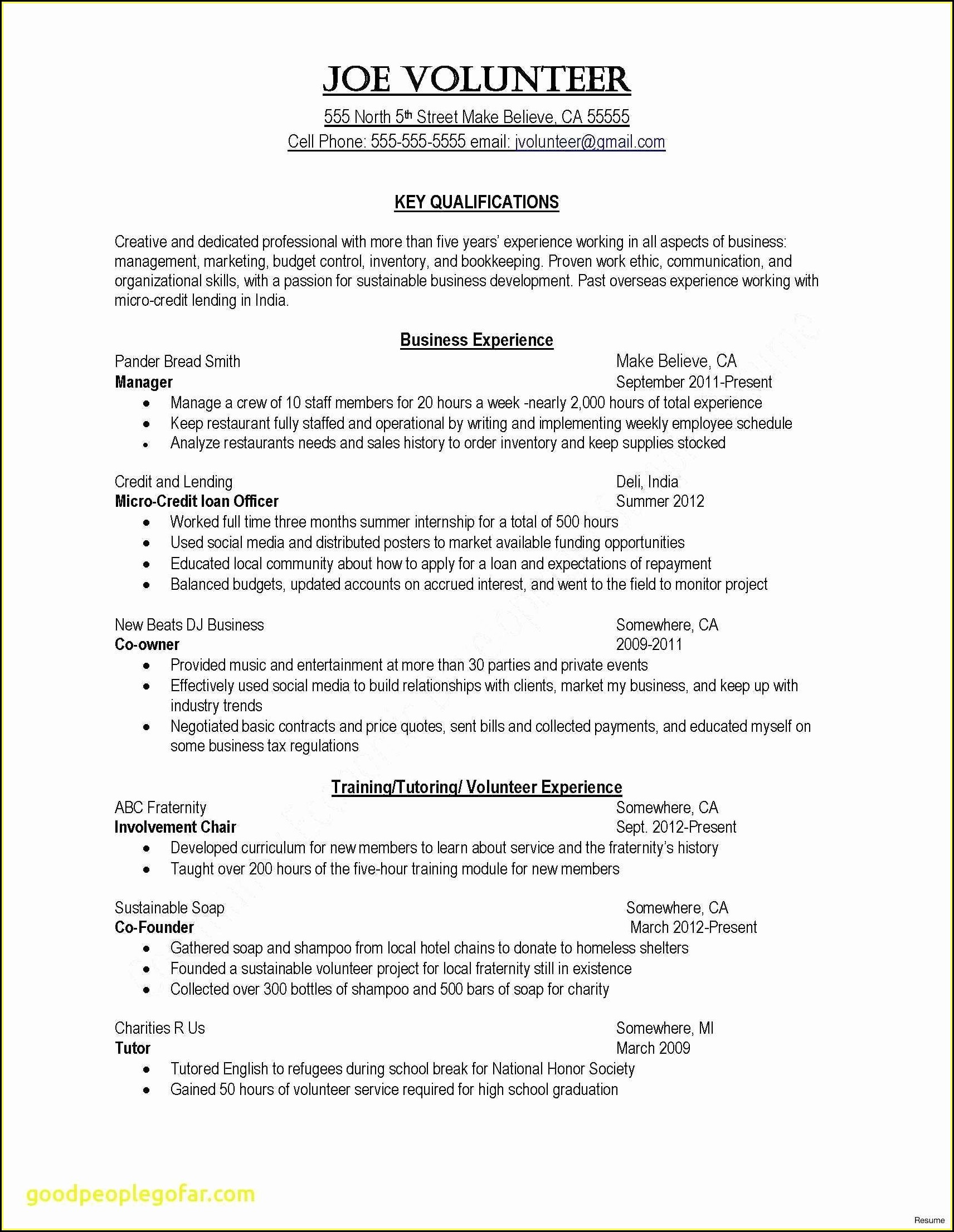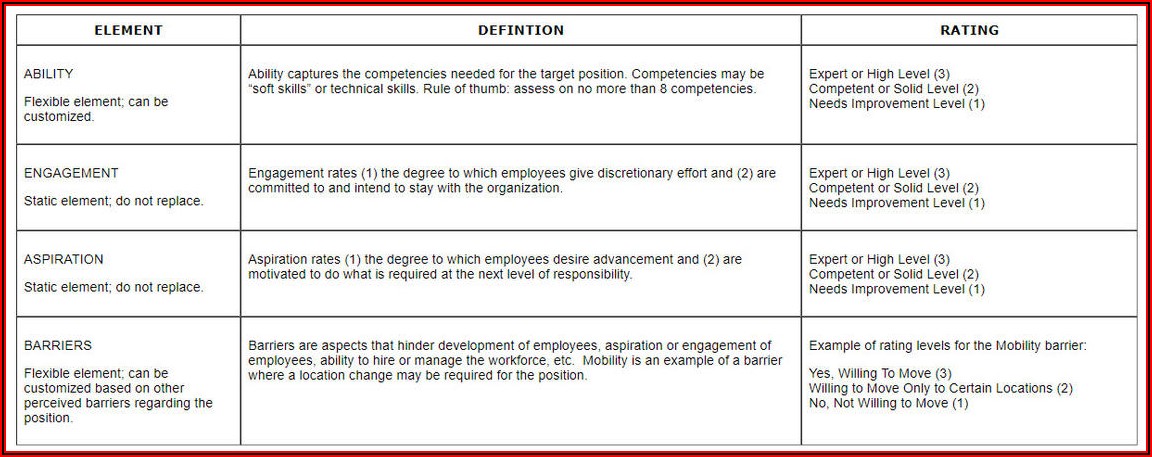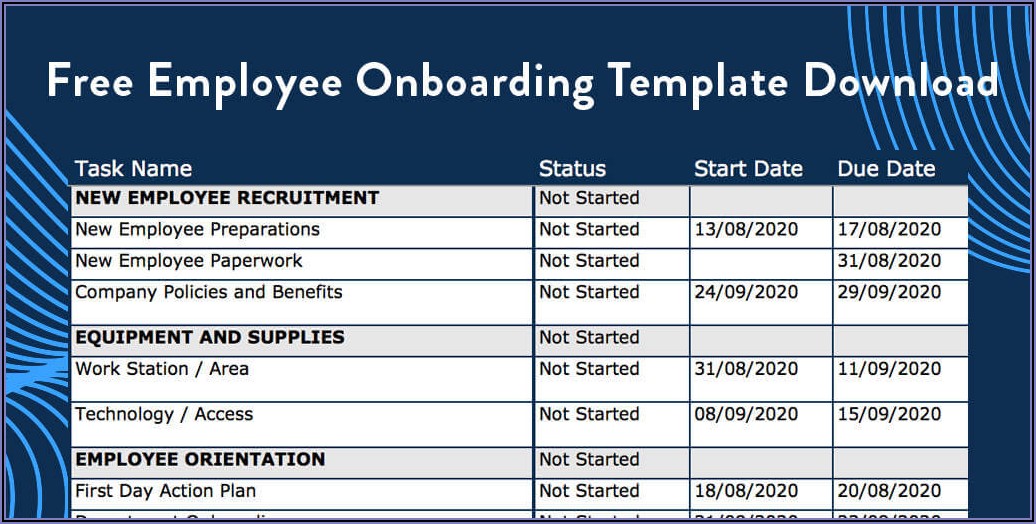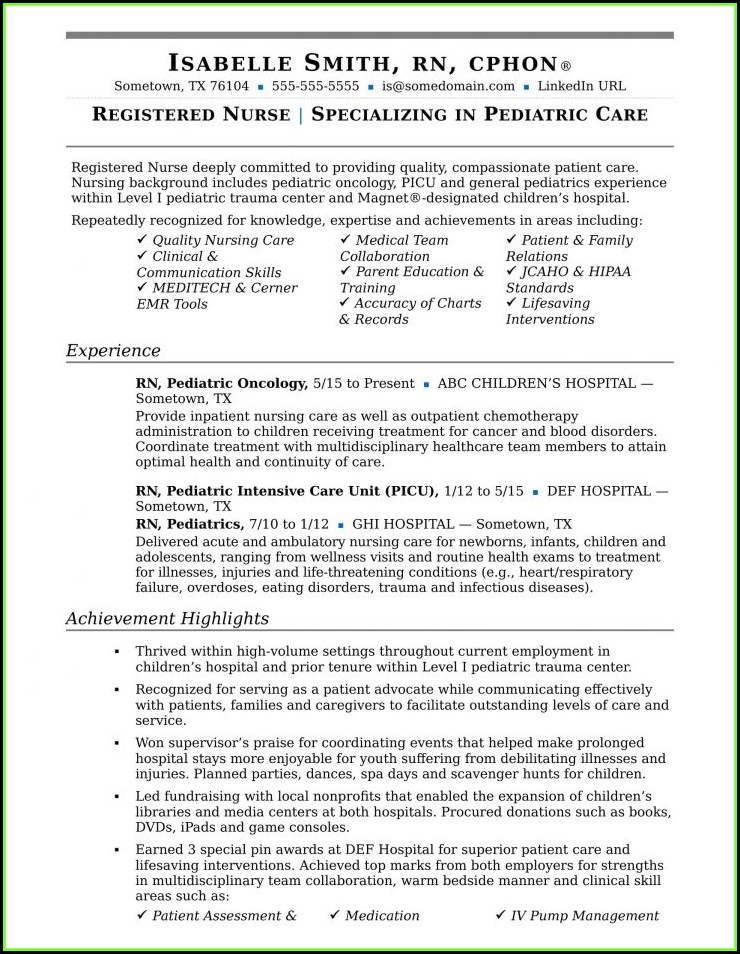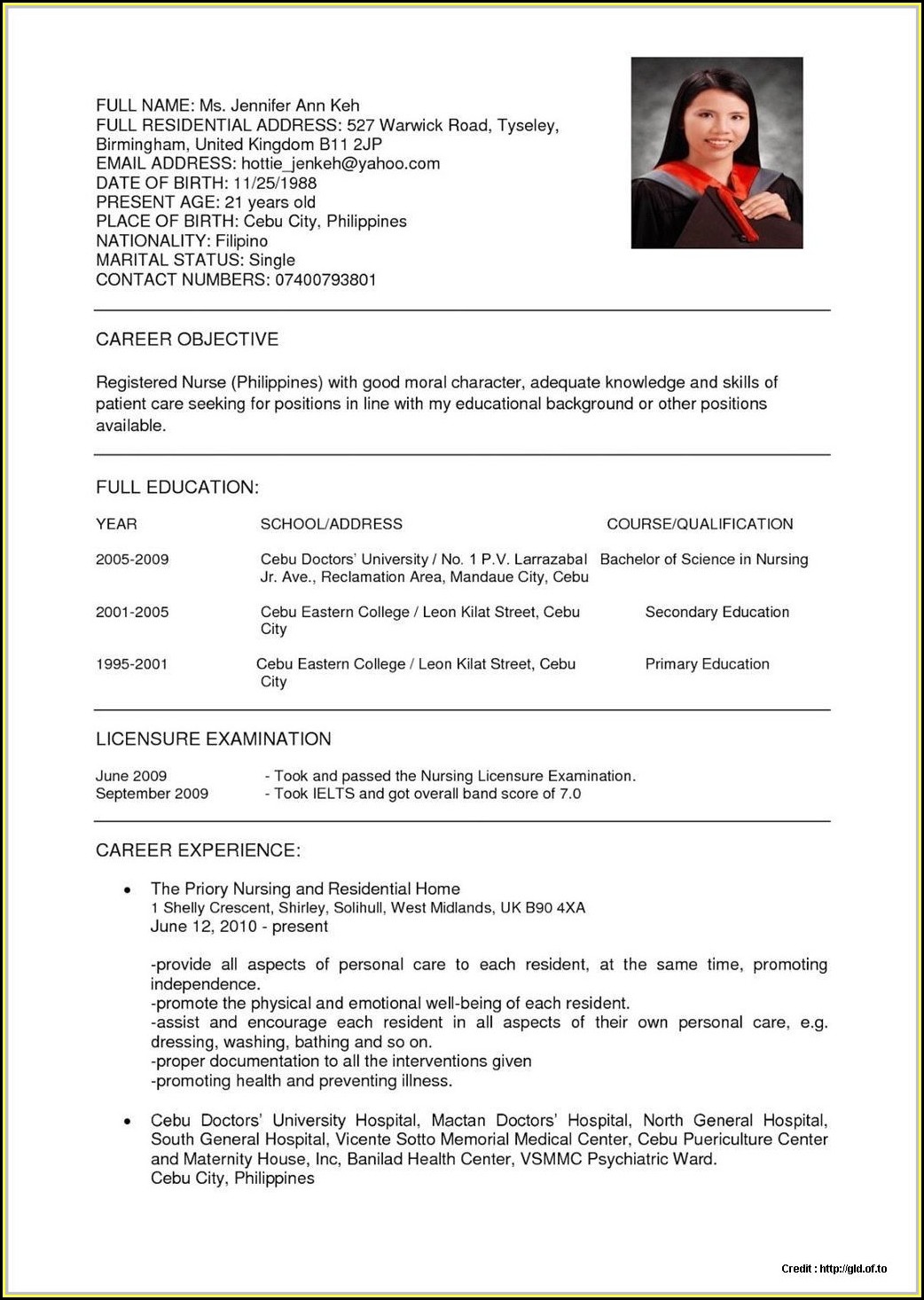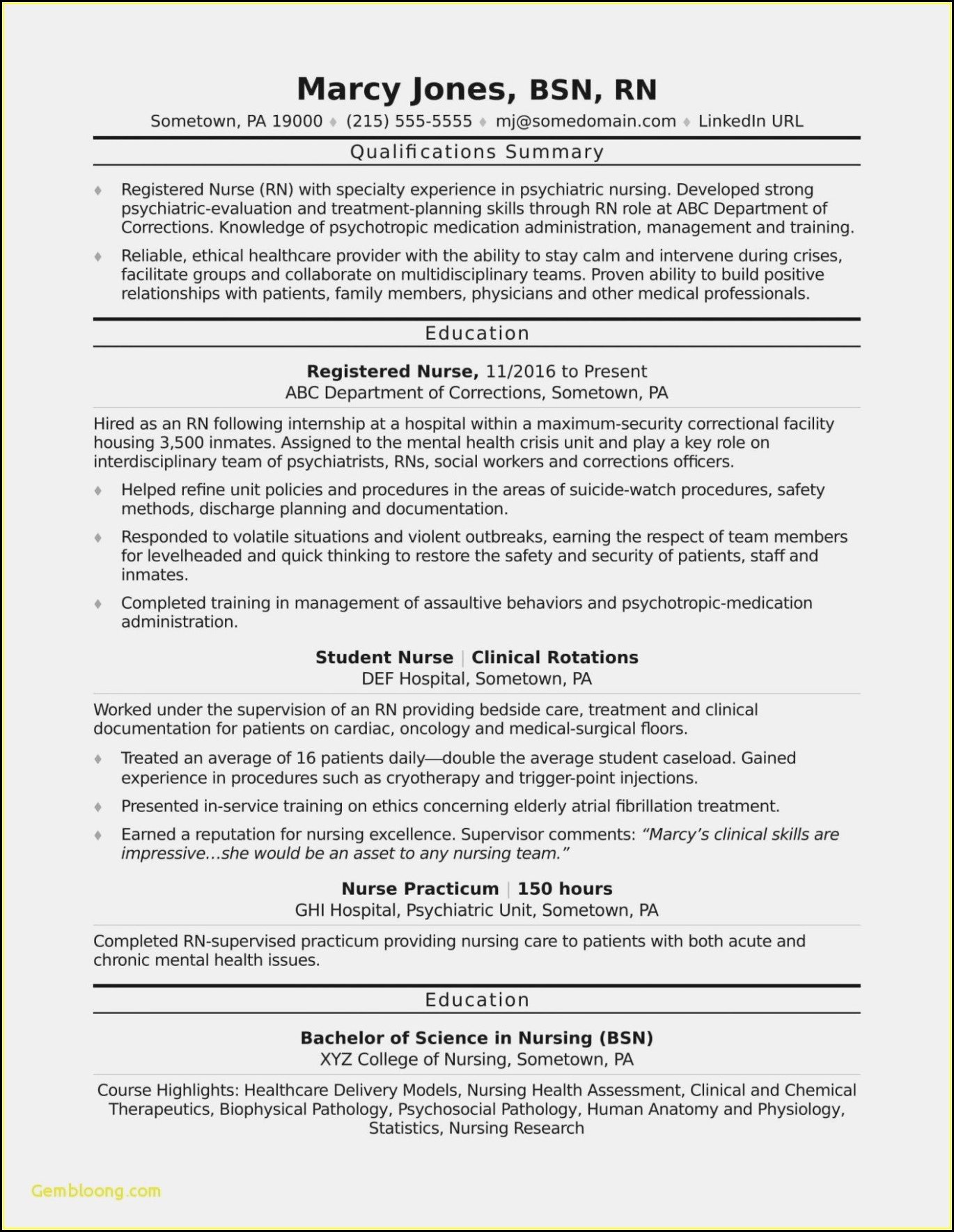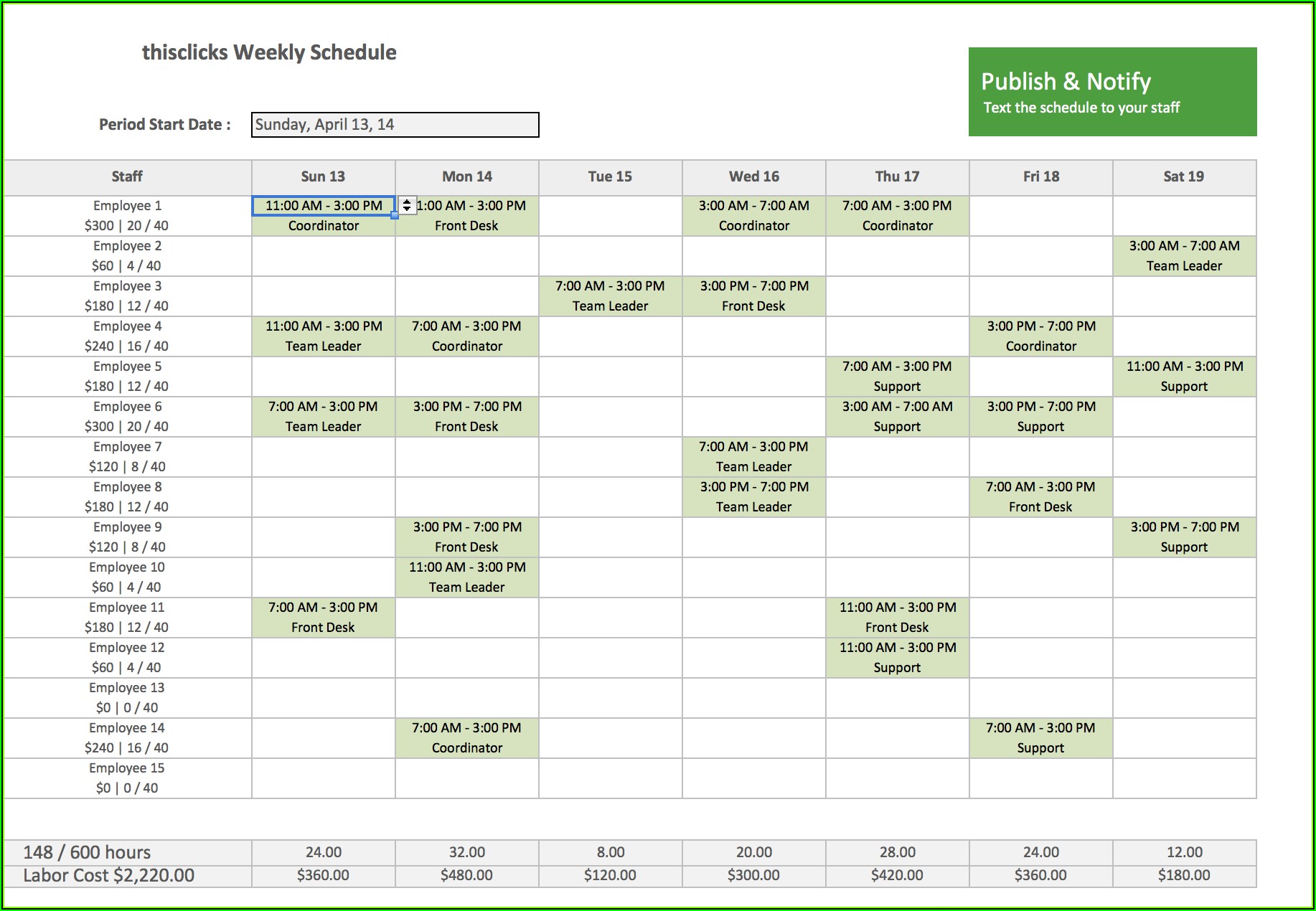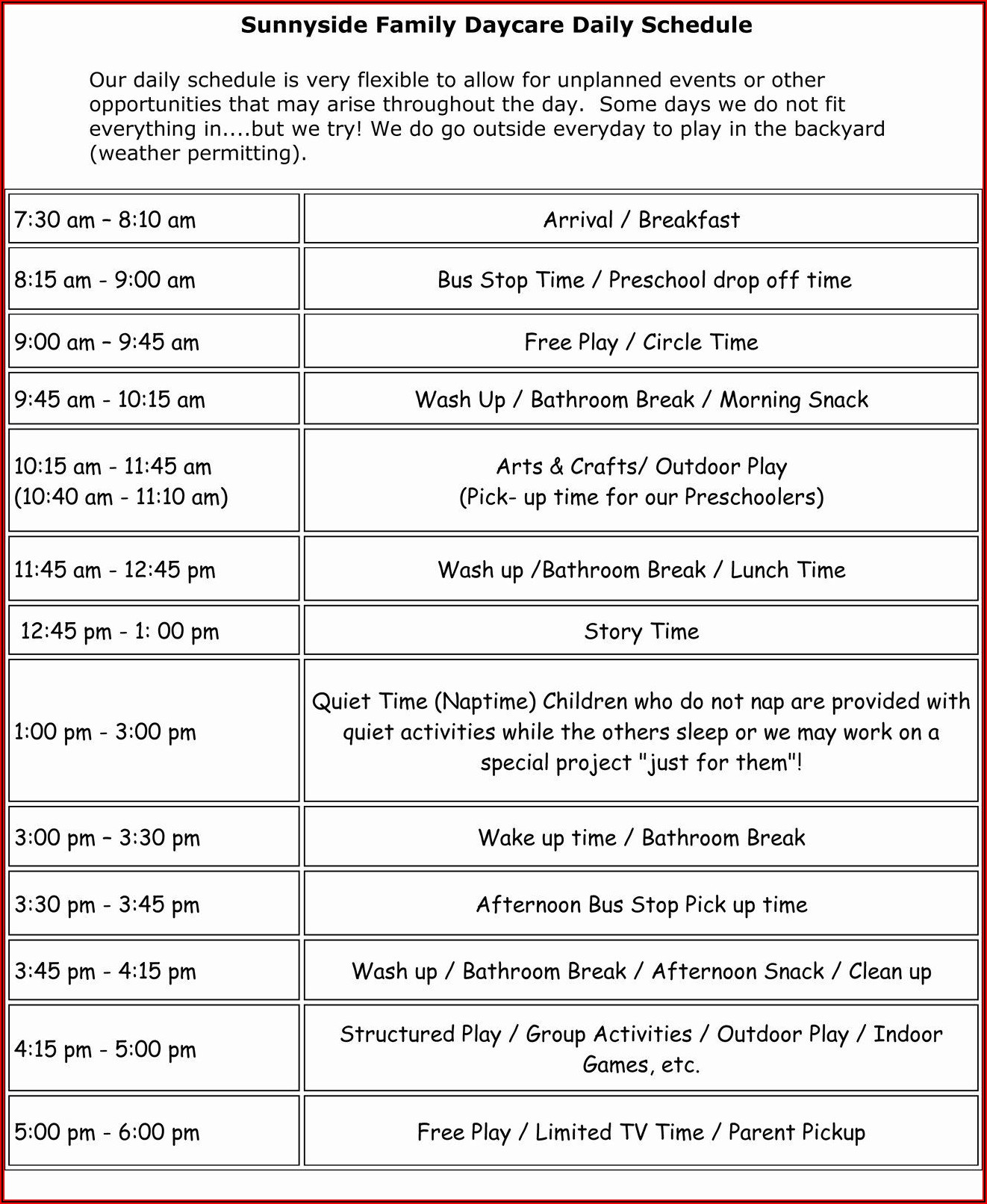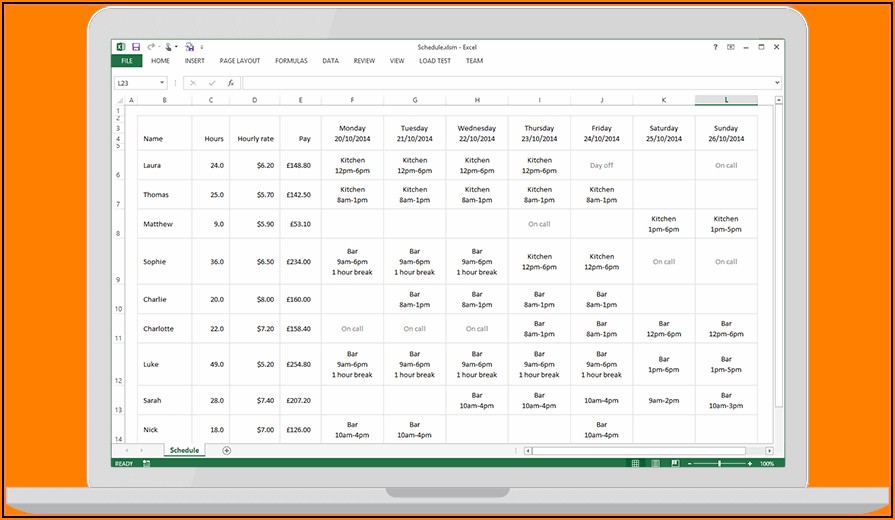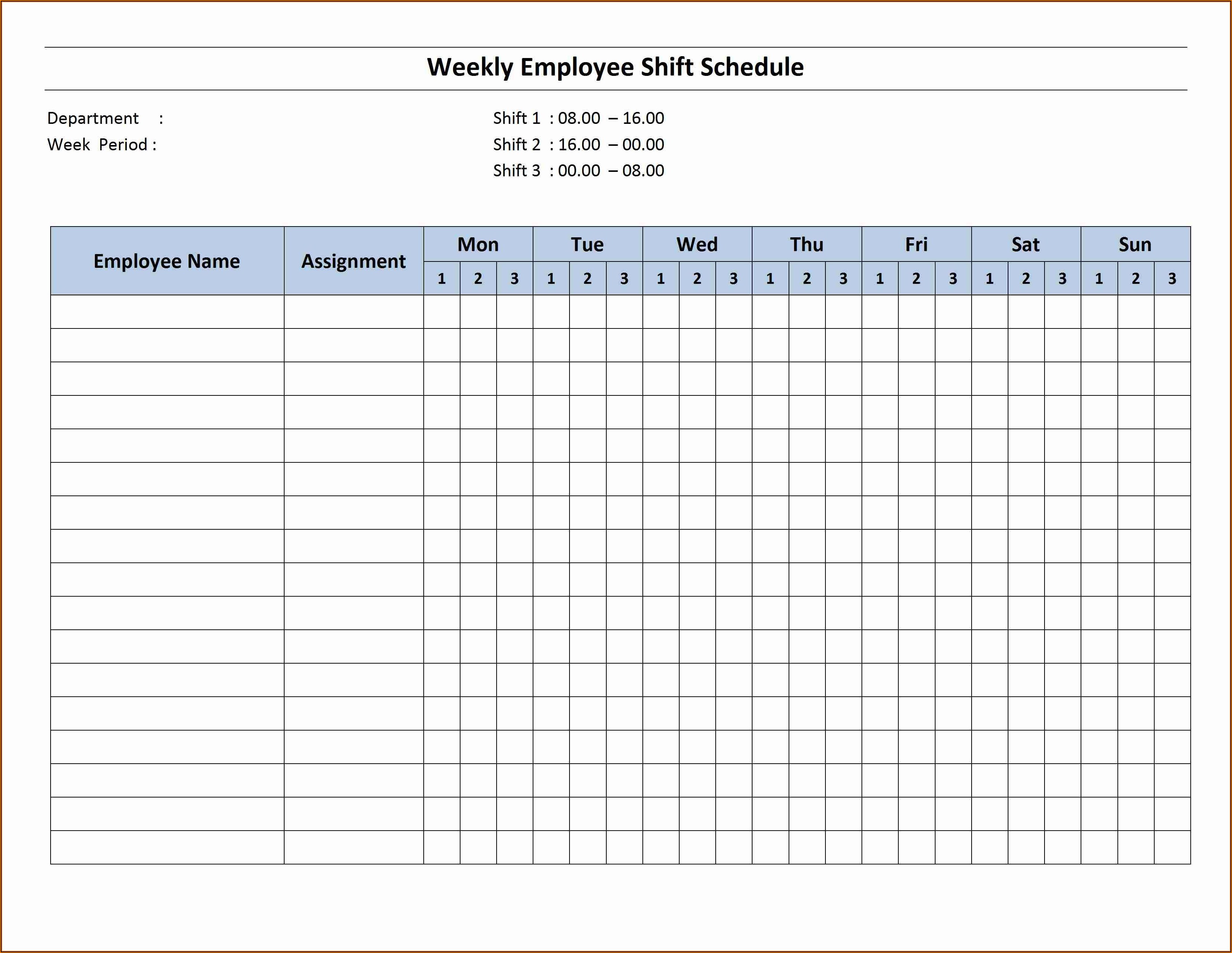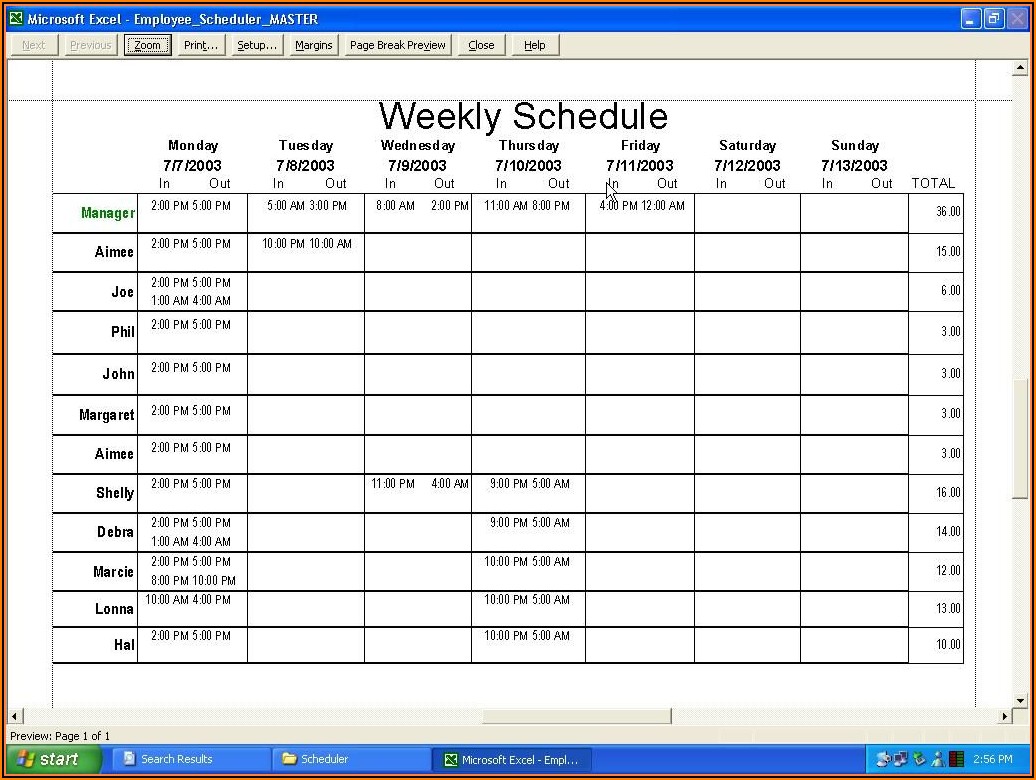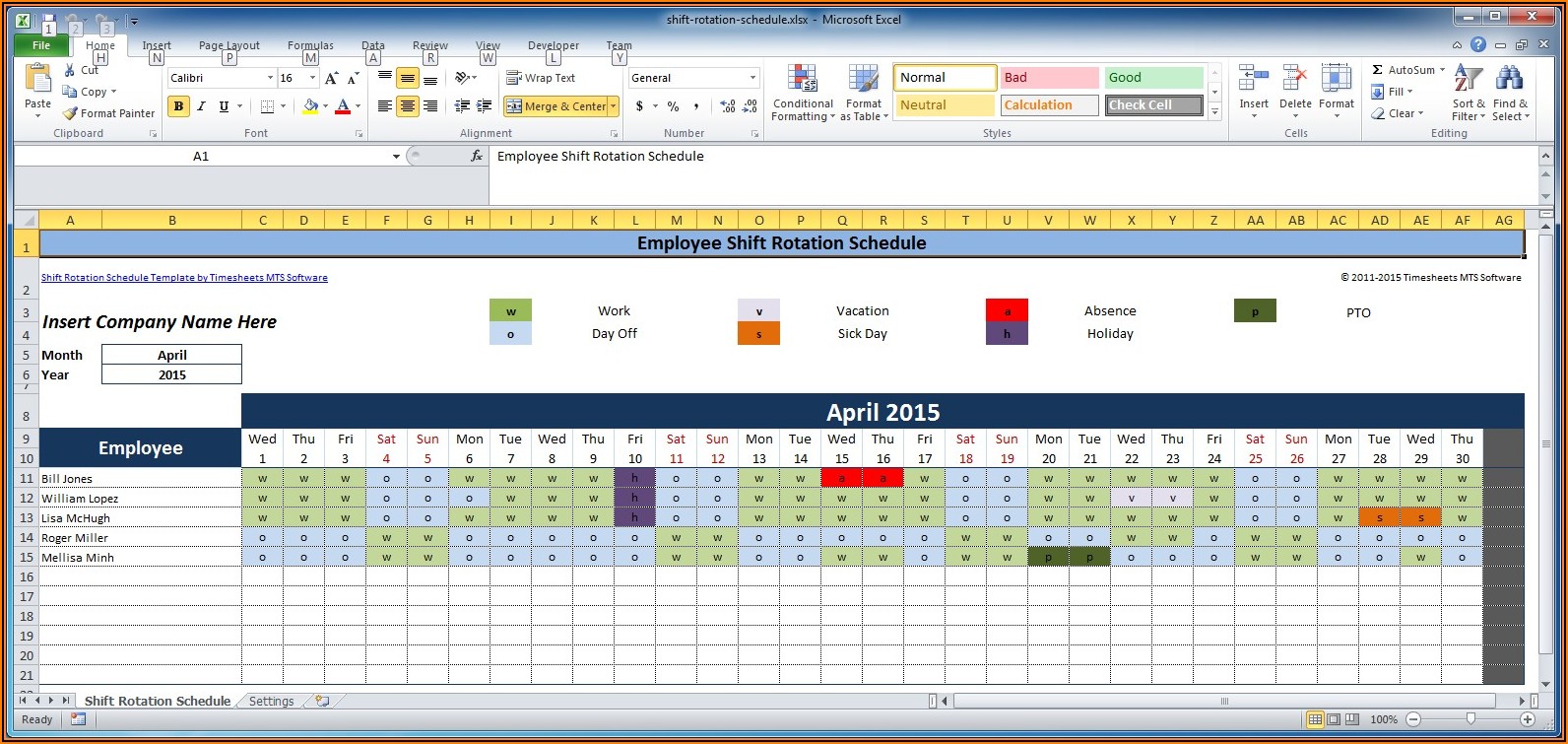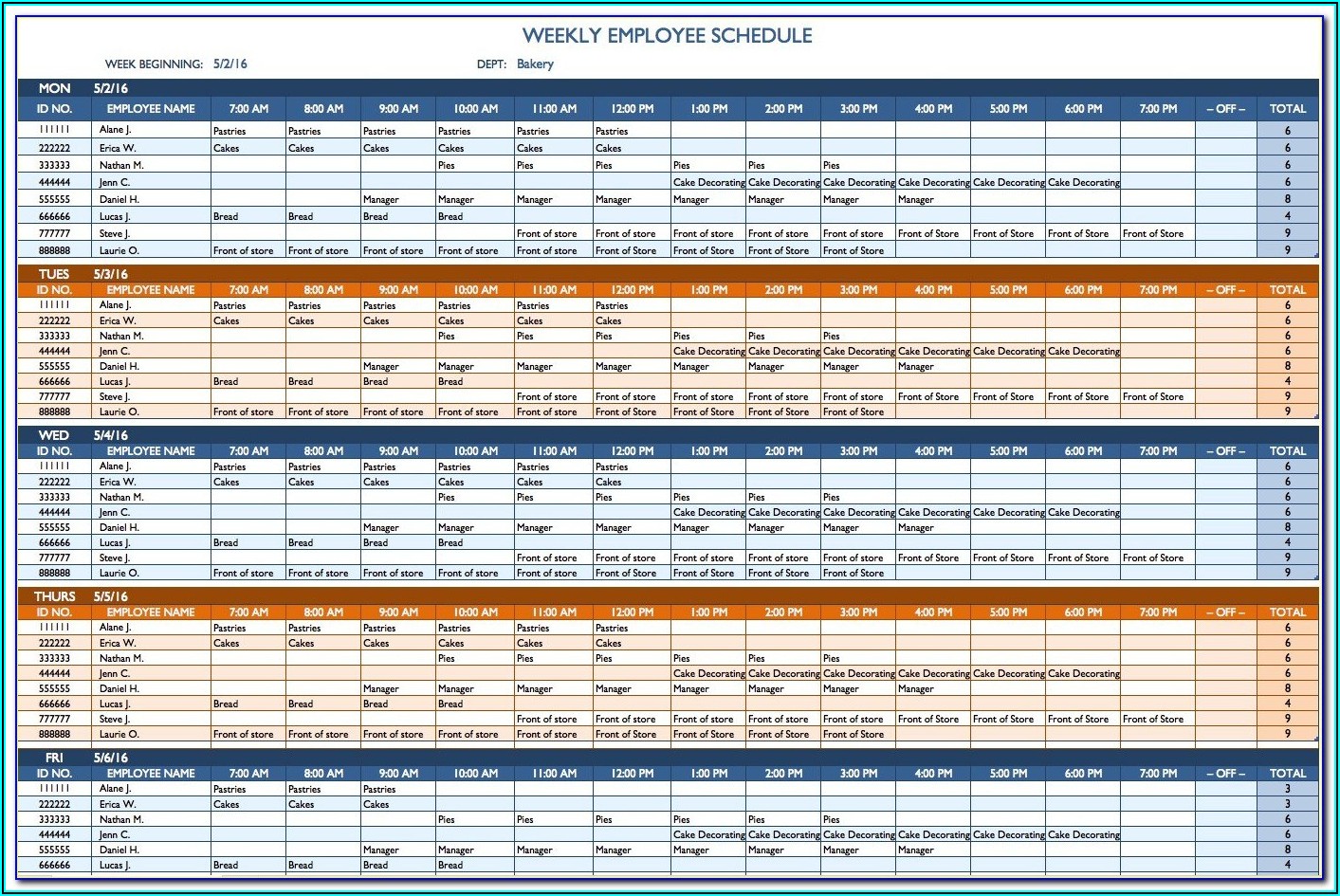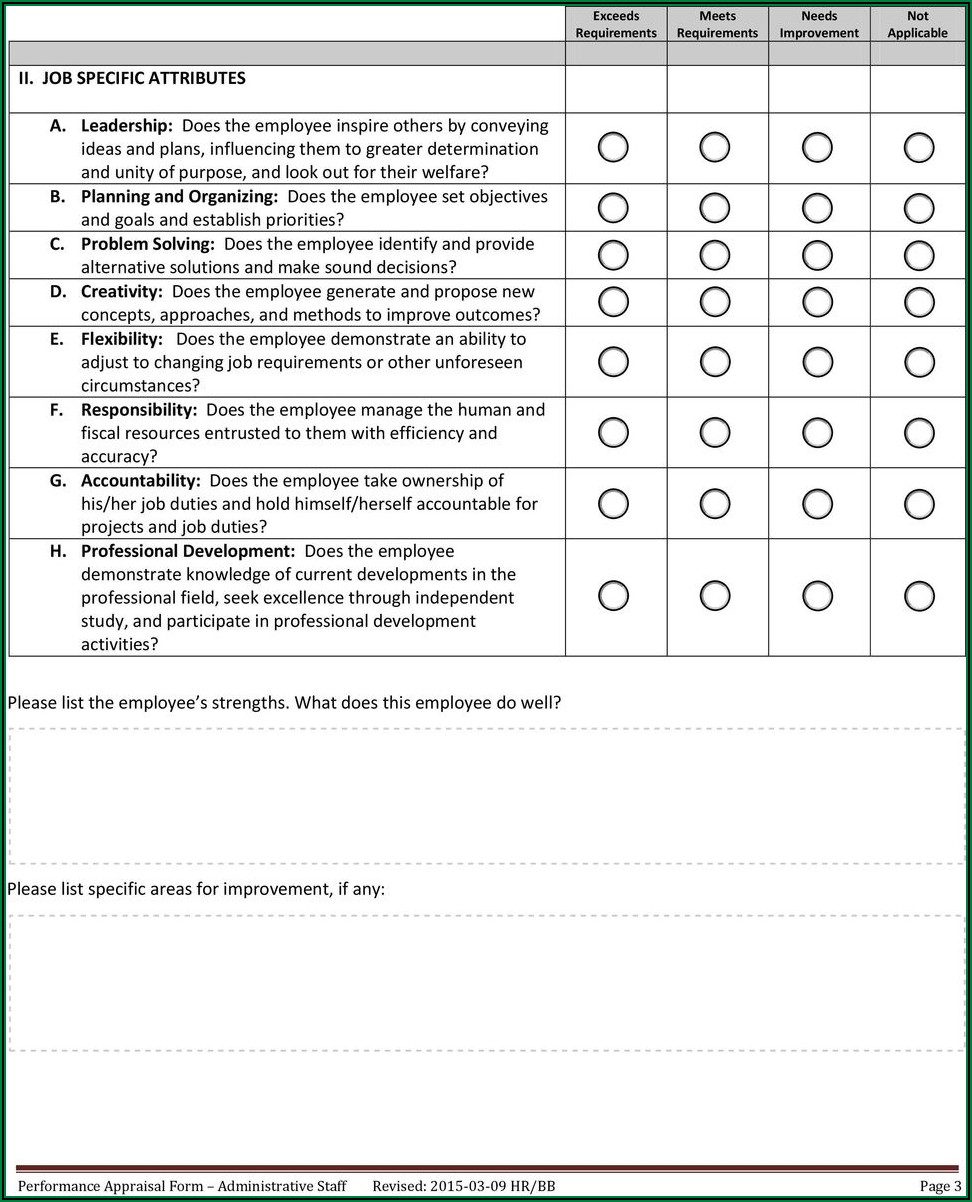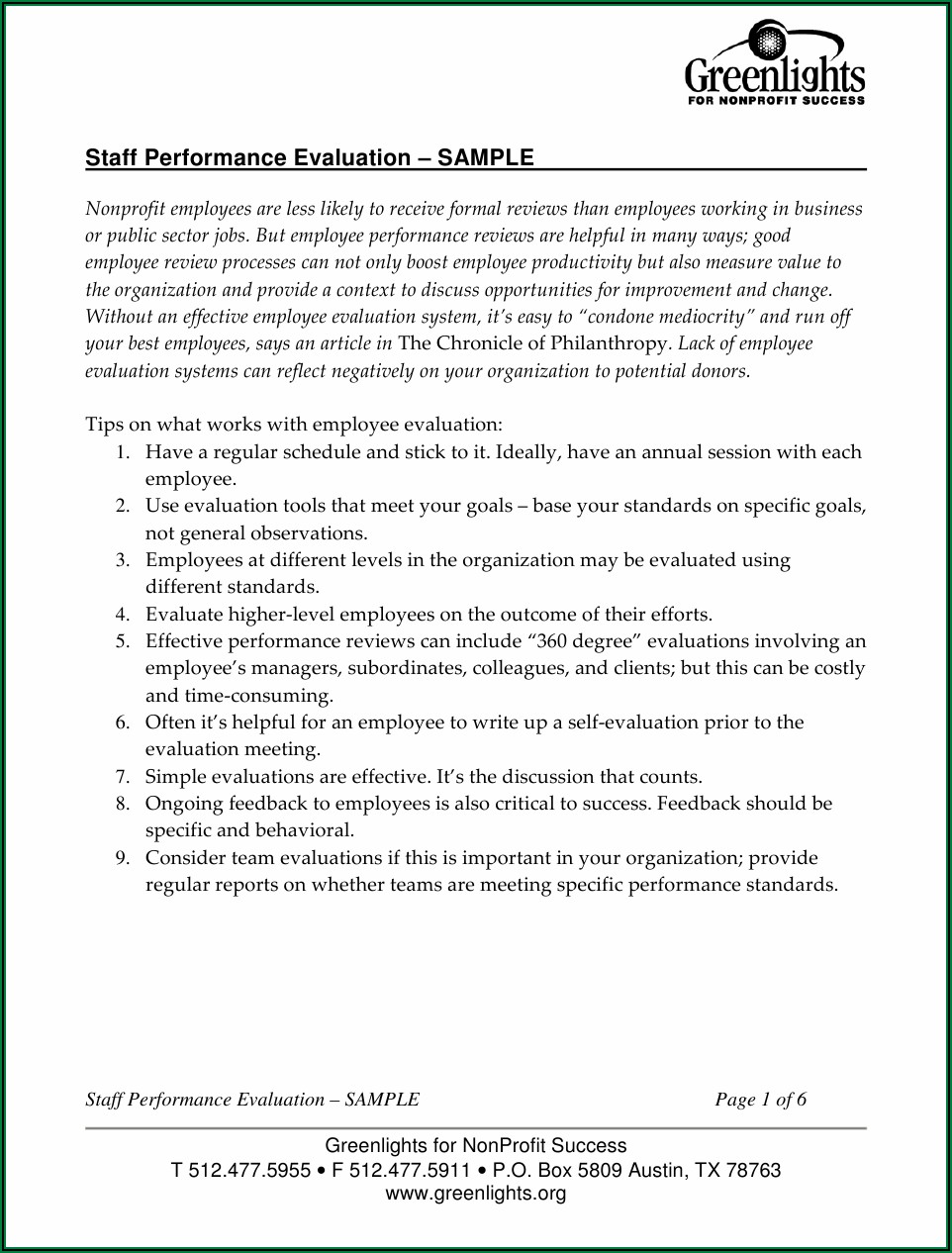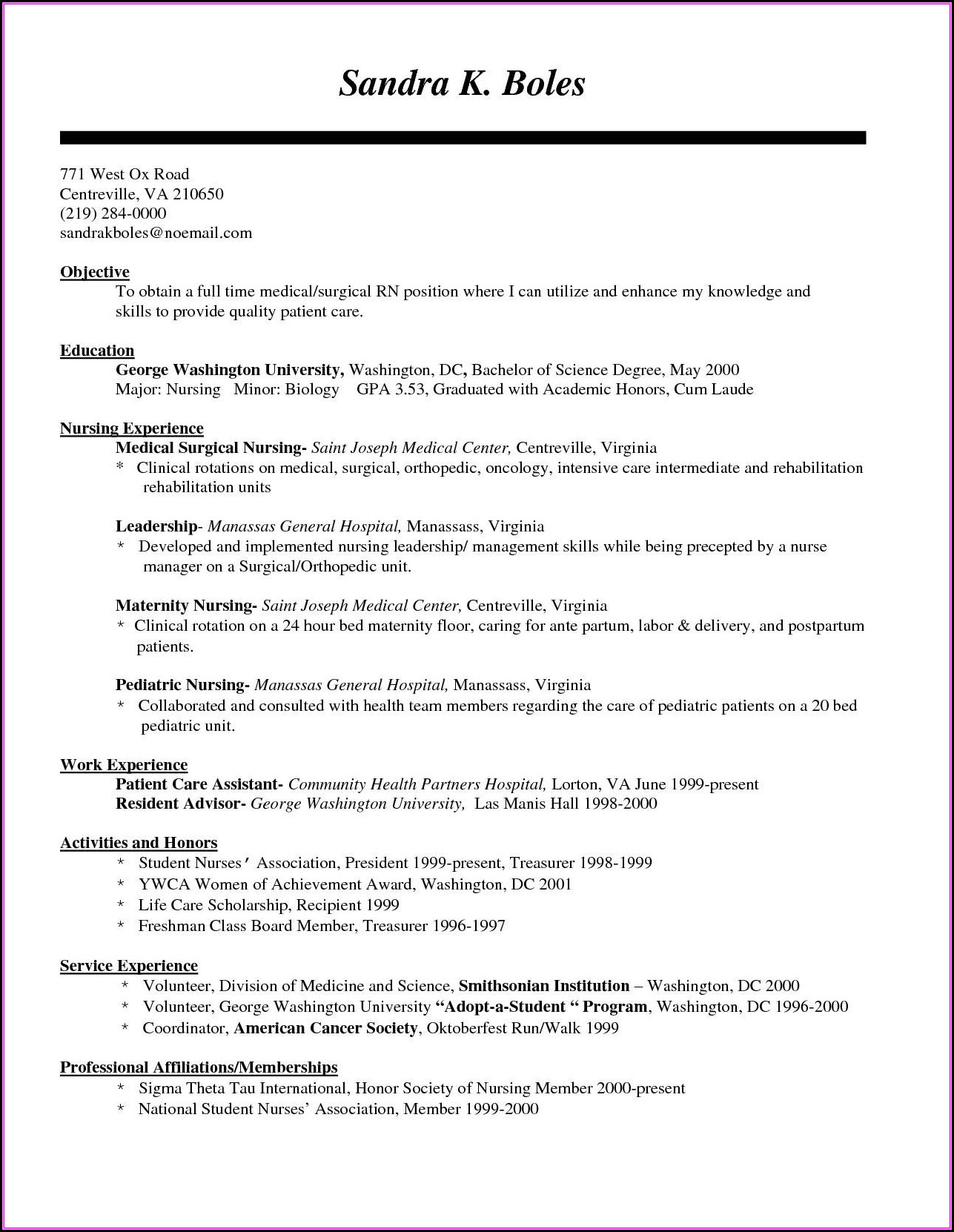
Have you got a personnel incentive and rewards program in your company? If not then you must have. Incentives and rewards work to improve the performance of employees. But there are a few important mistakes to avoid. Avoid these.
1. The absence of A Clear Business Connection
Incentives and rewards serve two functions for staff – to motivate them as well as to improve the performance of your business. It is essential to make the connection evident. Also, ensure your employees know about the connection.
2. Rewarding Behaviour
This is a typical mistake. The system you choose to implement must reward the employees for their performance, which is what they accomplish during their time at work. The way you reward behavior is by what employees perform that might or may not result in results, degrades the incentive. Also, the rewards are were not made, but sales closed. made. Rewards orders are processed and delivered but not the paperwork is completed.
3. Rewarding Staff Members Already Paid
Your employees are paid an annual salary. For this, they demand an amount of work. If an employee is able to meet your expectations of performance and meets your expectations, they have met the requirements of what you call the “basic contractual obligations”. You should not offer rewards for the performance you would reasonably expect in exchange in exchange for the basic salary.
4. In the absence of An Incentive Scheme
Rewards and incentives must be incorporated into a scheme. The scheme or system should have clear goals. The amount or the nature of the reward must be clearly linked to the objectives. A few “slings” or gifts, time off or gifts could be an insignificant element of the process. They aren’t an entire system.
5. The lack of transparency
Your plan should be transparent and accessible to everyone participants. No secrets: no “little Black Books” There are no “wink wink, wink and nudging” techniques that are only known to a select few employees. Everyone involved must be aware of the guidelines. The records of the rewards recipients, the reason for them the reason for them, and their worth should be easily accessible to everyone. This means you have to create precise and trustworthy evidence of your accomplishment.
6. Not Taking Care Of The Team
Many of the employee rewards and incentive programs concentrate solely on individual performance. They do not consider the contribution to the effectiveness of the team. This gives individuals the ability to play the system to benefit themselves. It could be detrimental to the business as well. An exceptional salesperson can receive massive rewards, even though the sales team is failing overall. This can be detrimental to your company. Be sure to include team goals when determining the amount of reward you can earn.
7. Inadequate Performance Standards
It’s as easy as that. If you don’t have clearly defined, tangible, and measurable staff performance standards, then you cannot have a fully efficient rewards and incentives program. Your staff and you must be aware of the requirements. They should also be aware of “how they’ll go” in achieving the standards. Also, they should be informed about the connection between the standards and rewards. A system that does not have standards for performance is just the same as a clock with no hands.
8. Incomplete Self Assessment Measures
Each employee must know what they’re doing to earn incentives. It is important to make this information accessible regularly and, if it’s possible regularly. It’s in your best interest for employees to “self examine”. They should be able to modify as well as improve the quality of their work, without the intervention of your company.
9. Utilizing only rewards for money
It is just one kind of reward. Based on your personal tax system for income in your state or country huge financial rewards could be an incentive. The following examples can be helpful.
1. In the case of a “production line” repair service general performance targets are set every month. These goals are linked to the level of inventory. If the inventory levels that are required are met before the end of the month employees are entitled to an extra day of pay. This is in addition to the specific reward based on performance.
Case 2. In a business that deals with home maintenance tradespersons are rewarded for customer praises as well as referrals, upsells, and other instances of exceptional performance. Recalls, when a client demands the tradesperson return to correct something they could be able to fix on the first call, can cost the company hugely. If a tradesperson has completed the month without recalls they are given an hour of vacation on full pay.
10. Limiting the Range Of Rewards
You can award everything you want. But the reward must be clearly business-enhancing and performance-based. Don’t be limited to one measure of performance. If your performance is a success and generates additional revenue or value to your company think about it as a component of your plan.
Conclusion
A lot of incentive and reward programs fail, but it’s not because the purpose of the reward or incentive isn’t relevant, useful and worth it. They fail because a supervisor is caught in one or one of the traps I’ve described. If this happens you’re losing a potent and useful motivator.
Leon Noone helps managers in small-medium businesses improve their on-job employee performance, without having to take training courses. His concepts are innovative. Leon is challenging the conventional wisdom about people management, training for management and has proven to be effective on job performance in small to medium size businesses.
